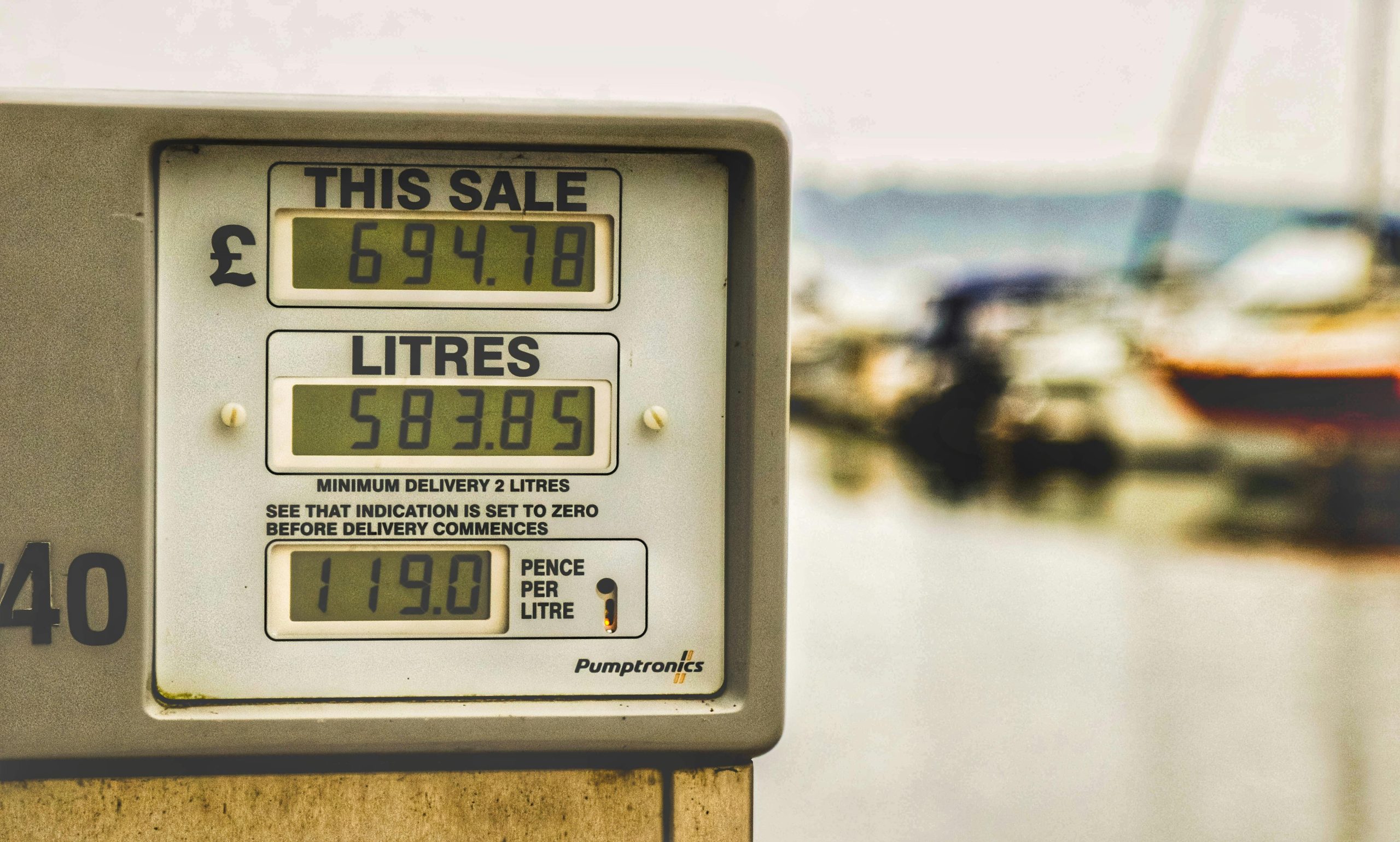
Solid State Batteries: The Complete 2025 Technology Guide
Solid state batteries are advanced energy storage devices that replace traditional liquid electrolytes with solid materials, offering superior safety, energy density, and longevity compared to conventional lithium-ion batteries. This comprehensive guide explores the latest developments in solid state battery technology, their applications in electric vehicles and renewable energy, and what to expect in 2025 and beyond.
What Are Solid State Batteries and How Do They Work?
Solid state batteries represent a revolutionary leap in energy storage technology. Unlike traditional lithium-ion batteries that use liquid or gel electrolytes, solid state batteries employ solid electrolyte materials such as ceramics, sulfides, or polymers. This fundamental design change eliminates many safety concerns associated with liquid electrolytes while dramatically improving performance metrics.
The solid electrolyte acts as both the medium for ion transport and a physical barrier between the anode and cathode. This design prevents dendrite formation, a common cause of battery failure in conventional systems, while enabling higher energy densities and faster charging capabilities.
Key Components of Solid State Battery Technology
Solid state batteries consist of three primary components: a solid electrolyte, a cathode (typically lithium metal oxide), and an anode (often lithium metal or silicon). The solid electrolyte materials include ceramic oxides like LLZO (Lithium Lanthanum Zirconium Oxide), sulfide-based compounds such as LGPS (Lithium Germanium Phosphorus Sulfide), and polymer electrolytes.
Advantages of Solid State Batteries Over Traditional Options
Enhanced Safety Features
Solid state batteries eliminate fire and explosion risks associated with liquid electrolytes. The solid electrolyte cannot leak, reducing thermal runaway incidents that plague conventional batteries. This makes them ideal for electric vehicles and home energy storage systems where safety is paramount.
Superior Energy Density
These batteries can store 2-3 times more energy per unit weight compared to lithium-ion batteries. Higher energy density translates to longer driving ranges for electric vehicles and more compact energy storage solutions for residential and commercial applications.
Extended Lifespan and Durability
Solid state batteries maintain capacity over thousands of charge cycles, significantly outperforming traditional batteries. This longevity reduces replacement costs and environmental impact, making them attractive for long-term applications.
Current Market Leaders and Recent Developments
Leading Companies in Solid State Battery Development
QuantumScape has demonstrated impressive prototype results, achieving 15-minute charging to 80% capacity with over 1,000 charge cycles. Toyota plans commercial solid state battery production by 2027, targeting their premium vehicle lineup first.
Solid Power focuses on sulfide-based electrolytes and has partnerships with major automotive manufacturers. Samsung SDI and CATL are also investing heavily in solid state technology, with pilot production facilities planned for 2025-2026.
2025 Market Projections and Investment Trends
Industry analysts project the solid state battery market will reach $8.2 billion by 2030, with compound annual growth rates exceeding 40%. Asia-Pacific regions, particularly Japan, South Korea, and China, lead in research funding and manufacturing capacity development.
Applications and Use Cases
Electric Vehicle Integration
Solid state batteries promise to solve range anxiety in electric vehicles. With energy densities approaching 500 Wh/kg, EVs could achieve 800+ mile ranges on single charges. Major automakers including BMW, Mercedes-Benz, and Nissan have announced solid state battery integration timelines between 2025-2030.
Renewable Energy Storage Solutions
Grid-scale energy storage benefits significantly from solid state technology. These batteries can efficiently store solar and wind energy with minimal degradation over decades of use. Companies like Tesla Powerwall and LG Chem are exploring solid state options for residential storage systems.
Consumer Electronics Applications
Smartphones, laptops, and wearable devices could see dramatic improvements in battery life and charging speeds. Apple and Samsung are reportedly testing solid state batteries for future flagship devices, potentially arriving in 2026-2027 models.
Challenges and Limitations
Manufacturing Costs and Scalability
Current production costs remain 5-10 times higher than lithium-ion batteries. Complex manufacturing processes, specialized equipment, and low yields contribute to elevated costs. However, economies of scale and process improvements are expected to reduce costs by 70% by 2030.
Material Sourcing and Supply Chain
Solid state batteries require lithium, rare earth elements, and specialized ceramic materials. Sustainable sourcing initiatives and recycling programs are crucial for long-term viability. Companies are developing battery recycling equipment and processes to address these concerns.
Technical Hurdles
Interface resistance between solid electrolyte and electrodes remains a challenge. Temperature sensitivity and manufacturing complexity require continued research and development investment.
Future Outlook and Industry Predictions
Expected Timeline for Mass Adoption
Industry experts predict limited commercial availability by 2025-2026, with widespread adoption beginning around 2028-2030. Early applications will focus on premium electric vehicles and specialized industrial uses before expanding to consumer markets.
Technological Roadmap
Research focuses on reducing interface resistance, improving ionic conductivity, and developing cost-effective manufacturing processes. Breakthrough innovations in solid electrolyte materials could accelerate adoption timelines significantly.
Environmental Impact and Sustainability
Solid state batteries offer superior environmental benefits through extended lifespans, reduced fire risks, and improved recyclability. Their higher energy density reduces material requirements per unit of stored energy, contributing to lower environmental footprints across the supply chain.
Getting Started with Solid State Battery Technology
For consumers interested in early adoption, monitor announcements from leading EV manufacturers and energy storage companies. Consider portable power stations with advanced battery technology as stepping stones to solid state solutions.
Stay informed about solid state battery developments by following industry publications, manufacturer announcements, and government research initiatives. As this transformative technology approaches commercial viability, understanding its capabilities and limitations will be crucial for making informed decisions.
Ready to explore the future of energy storage? Subscribe to our newsletter for the latest solid state battery updates, product launches, and industry insights. Share this guide with others interested in clean energy technology and join the conversation about the next generation of battery innovation.






